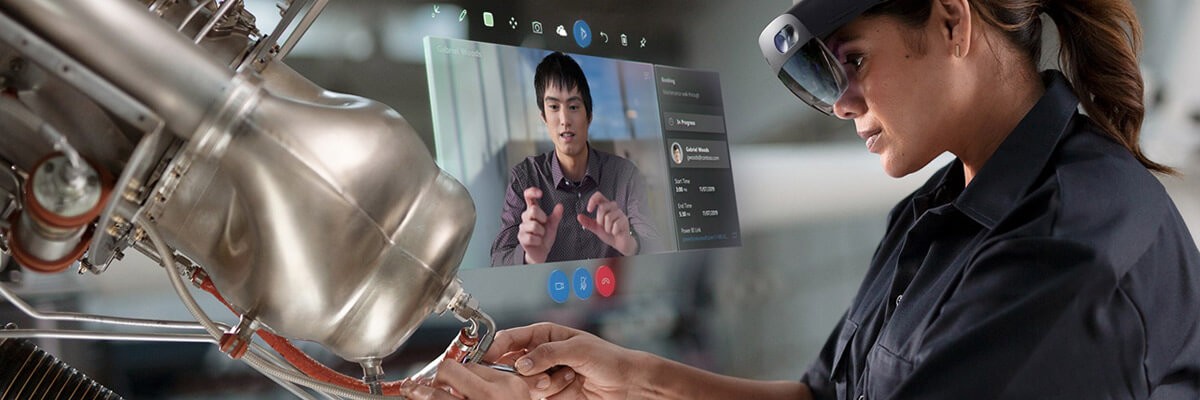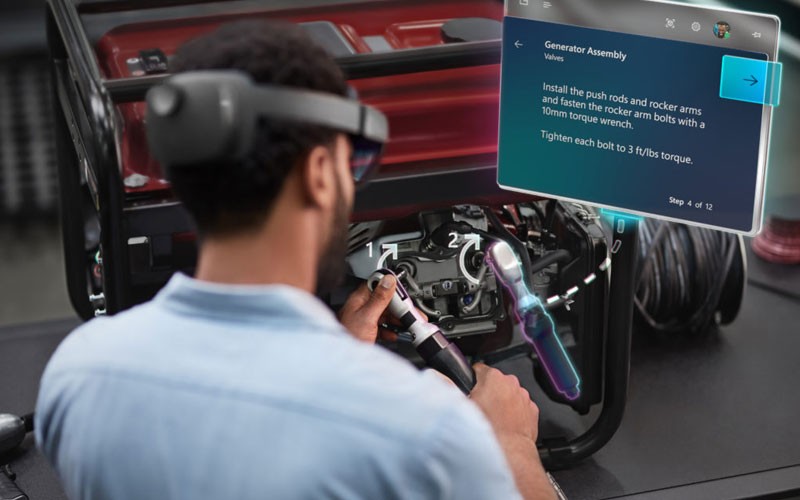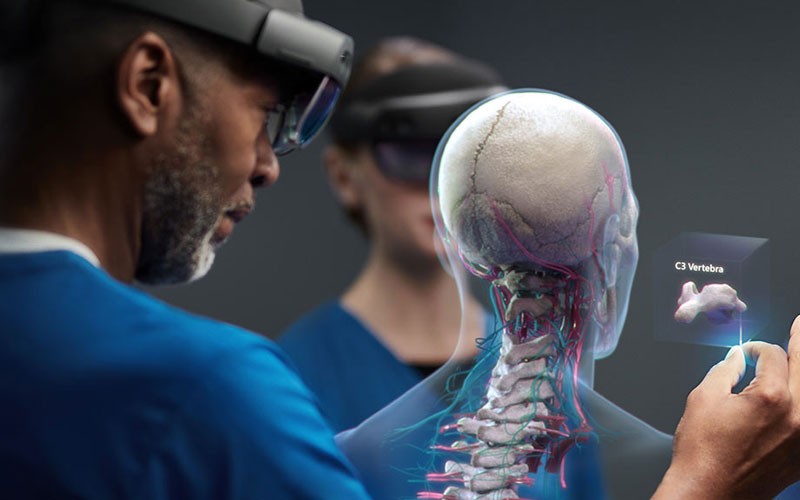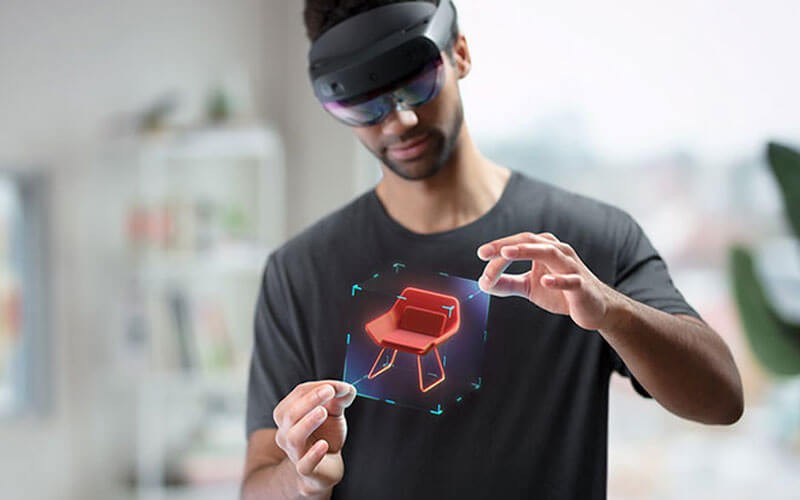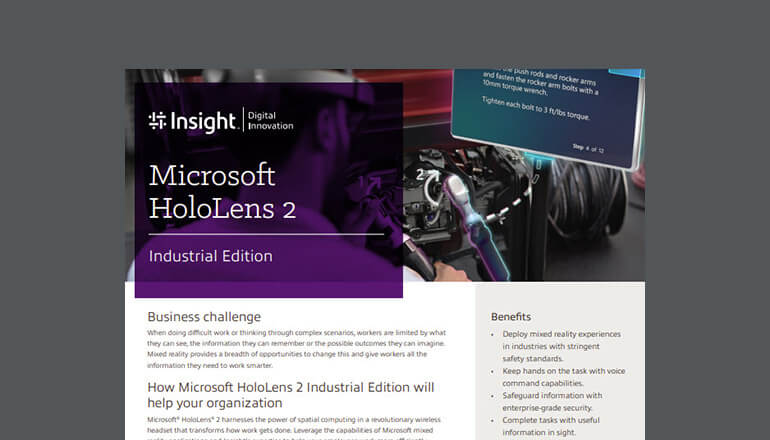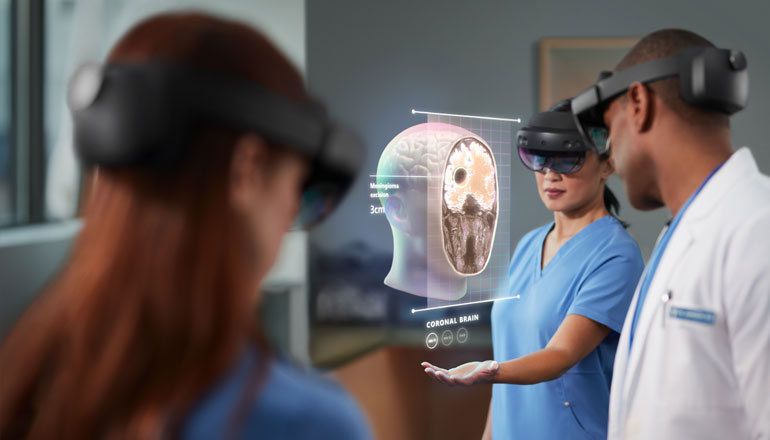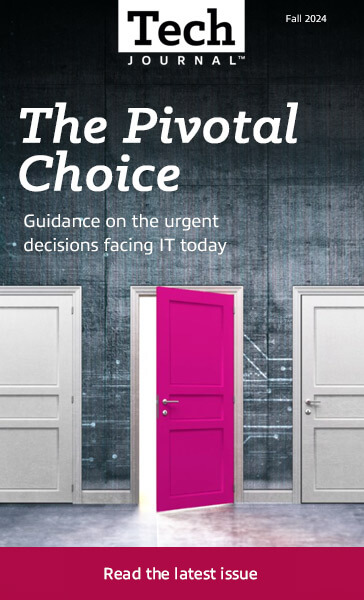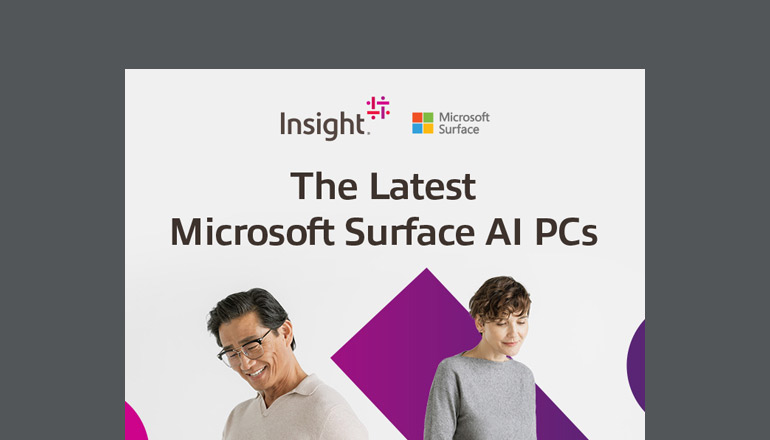Education
While tablets and other smart devices have become widespread in educational institutions, educators are ramping up the student learning experience with AR. The HP Reveal app (formerly known as Aurasma), for example, is already being used in classrooms to allow students to participate in classes via a smartphone or tablet for a richer learning experience. Such solutions are pivotal at a moment when education is being reimagined with the aim of promoting and maintaining public health.
Students learning about astronomy can explore topics through a full AR-generated map of the solar system, while those in a music class can use AR to see musical notes in real time as they learn to play instruments. In higher education, AR is being used for immersive learning, enabling chemistry students to experiment with and create complex 3D visualizations of molecules.
Military training
Imagine the first time you’re dropped in a military hot zone, the first time your boots hit the ground. Your pulse is racing, you hear gunfire in every direction and you have seconds to decide what to do and where to go. Sure, you’ve done some pre-deployment training, but most of that time was spent in the barracks, conceptualizing war using two-dimensional models. Nothing has really prepared you for this — but the Army is about to change that.
The Synthetic Training Environment (STE) is an immersive augmented reality system designed to place soldiers in diverse operational environments, stress them physically and mentally, and bolster readiness through a grueling series of virtual scenarios.
The same type of training could apply to police officers and departments looking to improve de-escalation capabilities, implement anti-racism measures and earn back the trust of communities.
